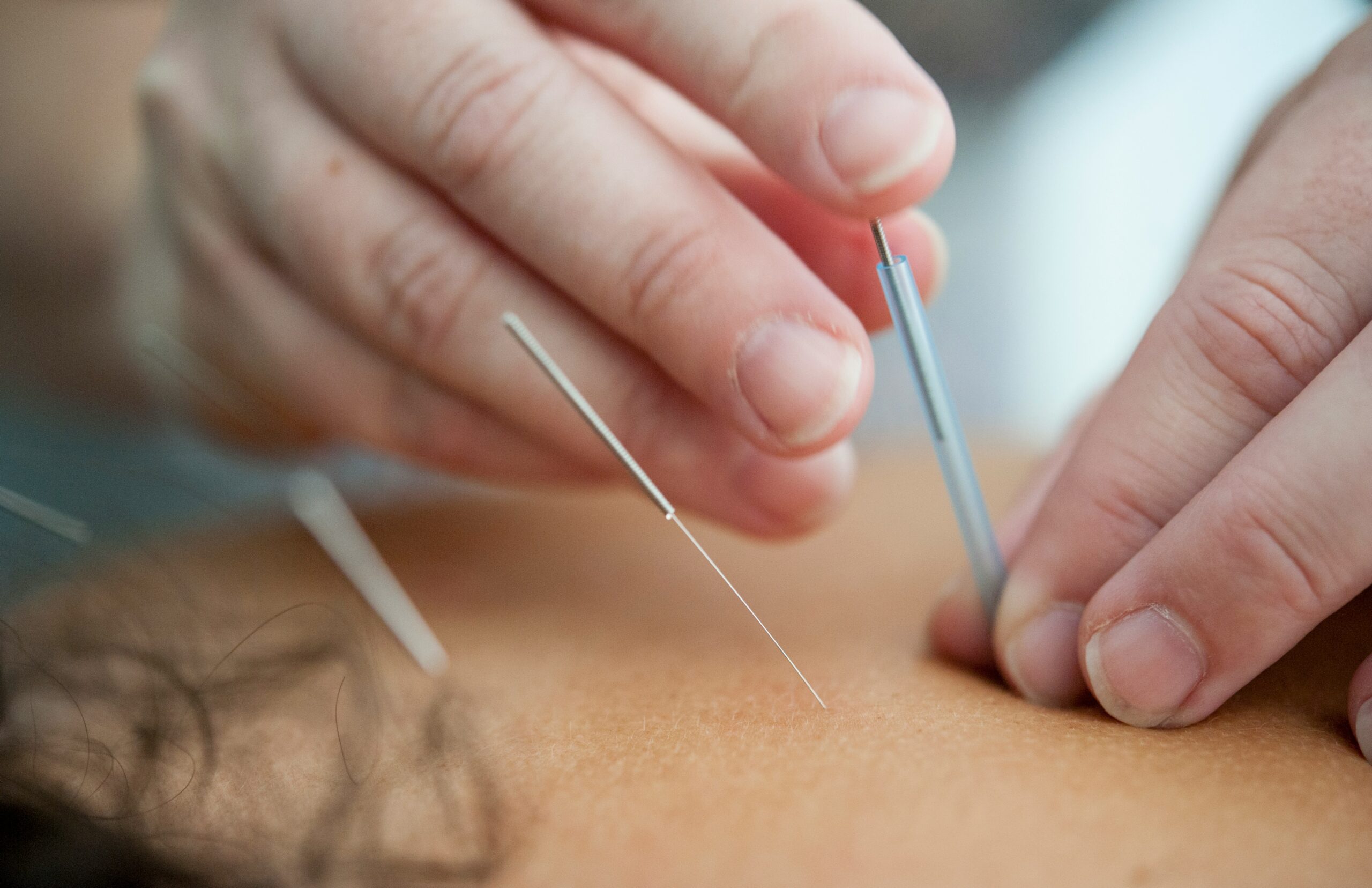Introduction
Needles have been an integral part of medical practice for centuries. From ancient civilizations to modern healthcare systems, needles have played a crucial role in various medical procedures and treatments. In this article, we will explore the history, principles, types, and benefits of the various needles used in medical practice.
History of Various Needles Used
The use of needles in medical practice dates back thousands of years. Ancient civilizations such as the Egyptians, Greeks, and Chinese used needles for therapeutic purposes. The earliest evidence of acupuncture, a practice that involves the insertion of needles into specific points on the body, can be traced back to ancient China. Over time, needles evolved from simple tools made of bone or stone to the fine, sterile needles used in modern medicine.
What Various Needles Used Practitioners Do
Practitioners who use various needles in medical practice are trained professionals who specialize in specific techniques. Some of the common practitioners who use needles include acupuncturists, anesthesiologists, phlebotomists, and surgeons. These professionals use needles for a wide range of purposes, including pain management, blood collection, injections, and surgical procedures.
Principles of Various Needles Used
The use of needles in medical practice is guided by several principles. Firstly, the needles used must be sterile to prevent infections and ensure patient safety. Secondly, the insertion of needles should be done with precision and accuracy to minimize discomfort and maximize effectiveness. Thirdly, practitioners must adhere to ethical standards and follow established protocols to maintain the highest standards of care.
Various Types of Various Needles Used
There are various types of needles used in medical practice, each designed for specific purposes. Some common types include:
- Hypodermic needles: These needles are used for injections, vaccinations, and fluid administration.
- Acupuncture needles: These thin, flexible needles are used in acupuncture therapy to stimulate specific points on the body.
- Surgical needles: These needles are used by surgeons for suturing wounds and performing delicate procedures.
- Phlebotomy needles: These needles are used by phlebotomists to collect blood samples for diagnostic purposes.
Benefits of Various Needles Used
The use of various needles in medical practice offers several benefits. Firstly, needles allow for precise delivery of medications and treatments, ensuring targeted and effective therapy. Secondly, needles can be used to collect samples for diagnostic purposes, aiding in the early detection and treatment of diseases. Additionally, the use of needles in procedures such as acupuncture can provide pain relief and promote overall well-being.
Possible Treatments
The use of various needles in medical practice enables a wide range of treatments. Some of the common treatments include:
- Pain management through acupuncture or nerve block procedures.
- Administration of medications, vaccines, and fluids.
- Blood collection for diagnostic tests.
- Suturing wounds and performing surgical procedures.
Conclusion
The various needles used in medical practice have a rich history and play a vital role in modern healthcare. From acupuncture to surgical procedures, needles are essential tools that enable precise treatments, accurate diagnoses, and improved patient outcomes. As medical technology continues to advance, the use of needles will likely evolve, further enhancing the effectiveness and safety of medical interventions.



